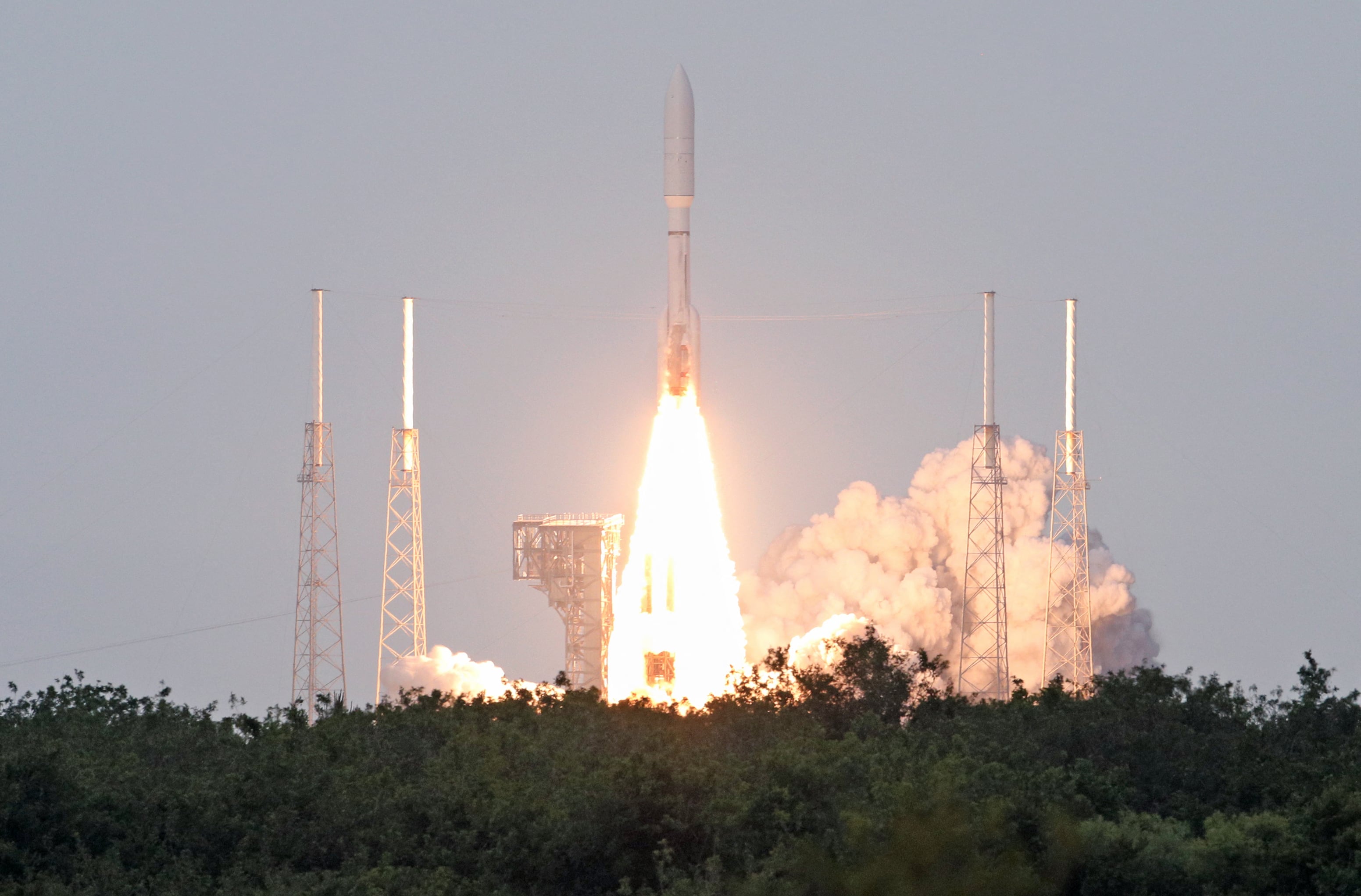WASHINGTON — The Pentagon’s No. 2 expects to spend a chunk of time on cyber issues in 2018, amidst a broad reorganization of the department’s management and acquisition structure.
Patrick Shanahan, the deputy secretary of defense, told reporters Dec. 21 that part of his focus for the new year will be making sure the Pentagon’s cybersecurity is up to snuff after years of what officials openly talk about as having fallen behind the commercial sector.
“There’s certain risks that we understand and that we have vulnerabilities, and the task is to really mitigate that,” Shanahan said.
President Donald Trump’s National Security Strategy placed an emphasis on cyber capabilities when it was released last month, and the upcoming National Defense Strategy, to be released in January, is expected to also devote time to the issue.
Shanahan will have a direct hand in the issue amidst broader changes to the department.
The first big step in that transformation comes Jan. 2, when John Gibson II becomes the department’s first chief management officer, elevating from his current role as deputy CMO.
The DCMO position itself is fairly new, with the first DCMO, Elizabeth McGrath, taking office in July 2010. But under a series of reforms pushed by Congress in recent years, it was decided the DCMO spot needed to be raised in profile in order to push forward best business practices for the department.
Gibson hasn’t been in the building long — he was nominated on June 19 and confirmed Nov. 17 — but he previously served as deputy undersecretary of defense for management reform as well as assistant secretary of the Air Force for financial management and comptroller. And he’ll likely have his hands full off the bat.
Under a reorganization plan laid out in August, the CMO will have six ”reform leaders” who will oversee changes to logistics and supply chain; real property; community services; human resources; health care; and a broader performance management reform leader, who will be responsible to work with the CMO and deputy secretary to establish “a process for routinely managing the progress of the functional reforms and IT business system deployments against the plan using those goals and other measures.”
It also creates a program executive for IT business systems, with the express goal of bringing down the number of individual IT systems across the department and streamlining them. And Gibson will also be in charge of leading a major cloud-computing initiative, Shanahan said.
Shanahan noted that each service has its own way of handling HR or finances, something that Gibson will try to change. As a result, Gibson will be leading “a more full integration of the fourth estate [defense civilians] into the department of defense,” as well as “shifting from service-led functions into more enterprise-led functions. This is in the areas of IT, HR, finance.”
Aaron Mehta was deputy editor and senior Pentagon correspondent for Defense News, covering policy, strategy and acquisition at the highest levels of the Defense Department and its international partners.








